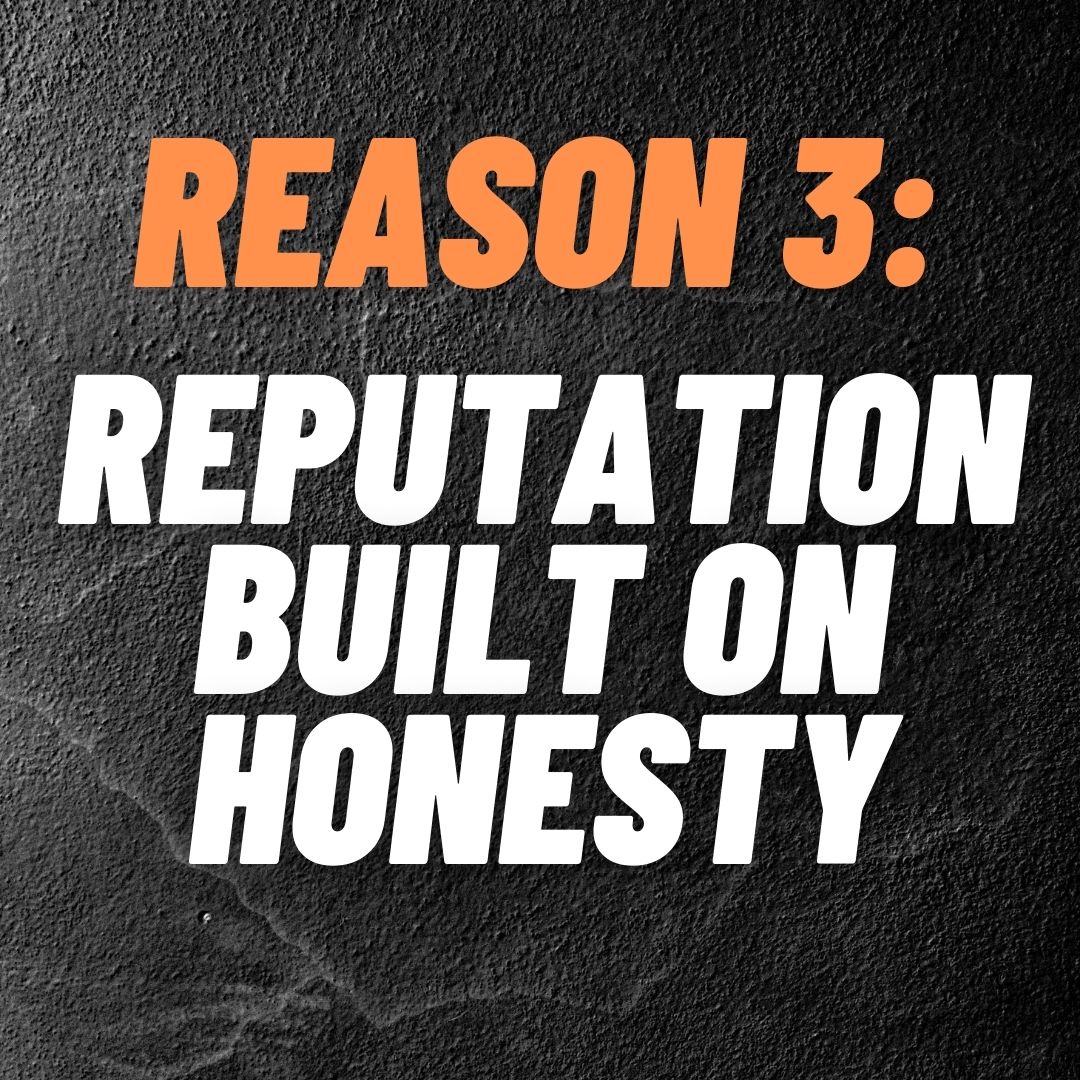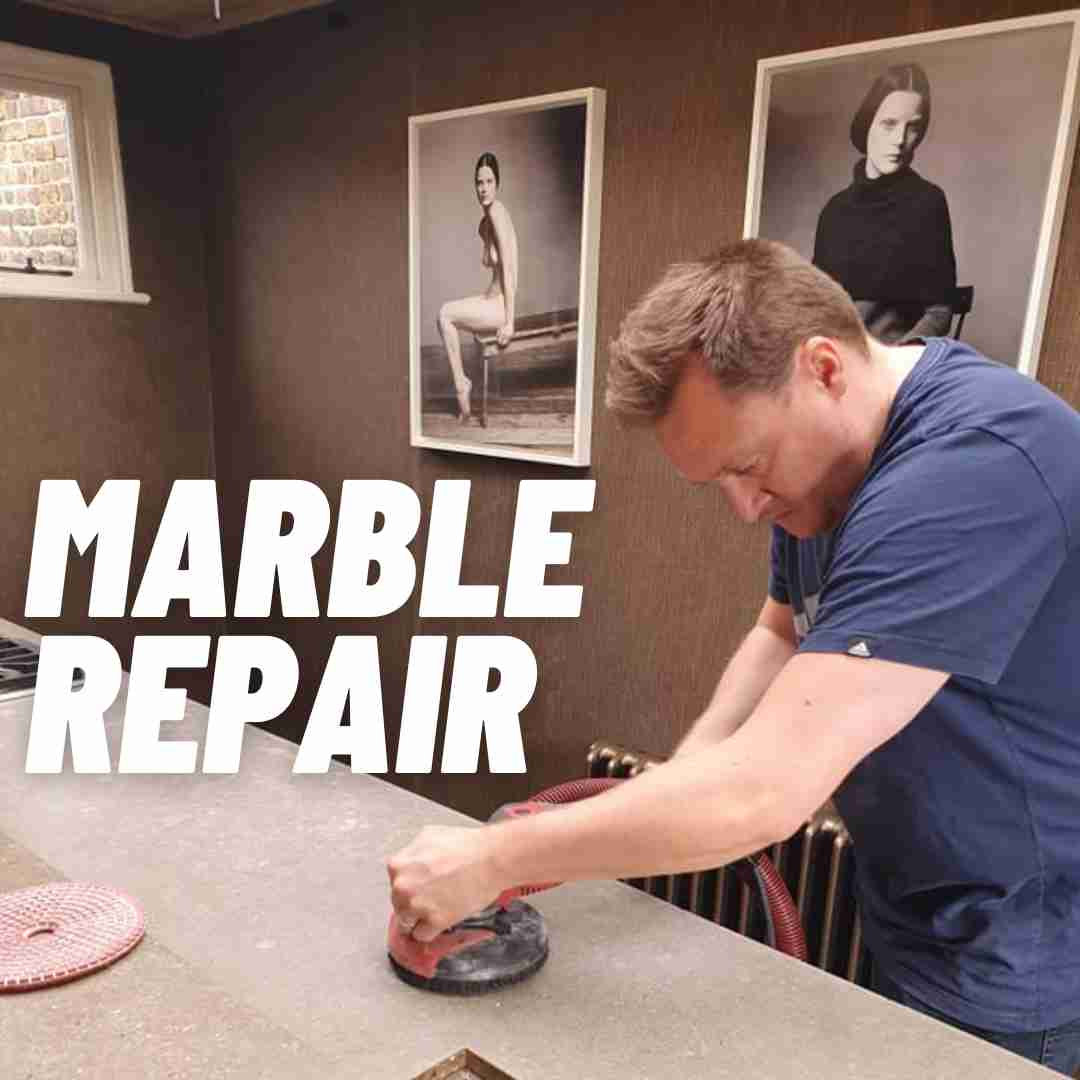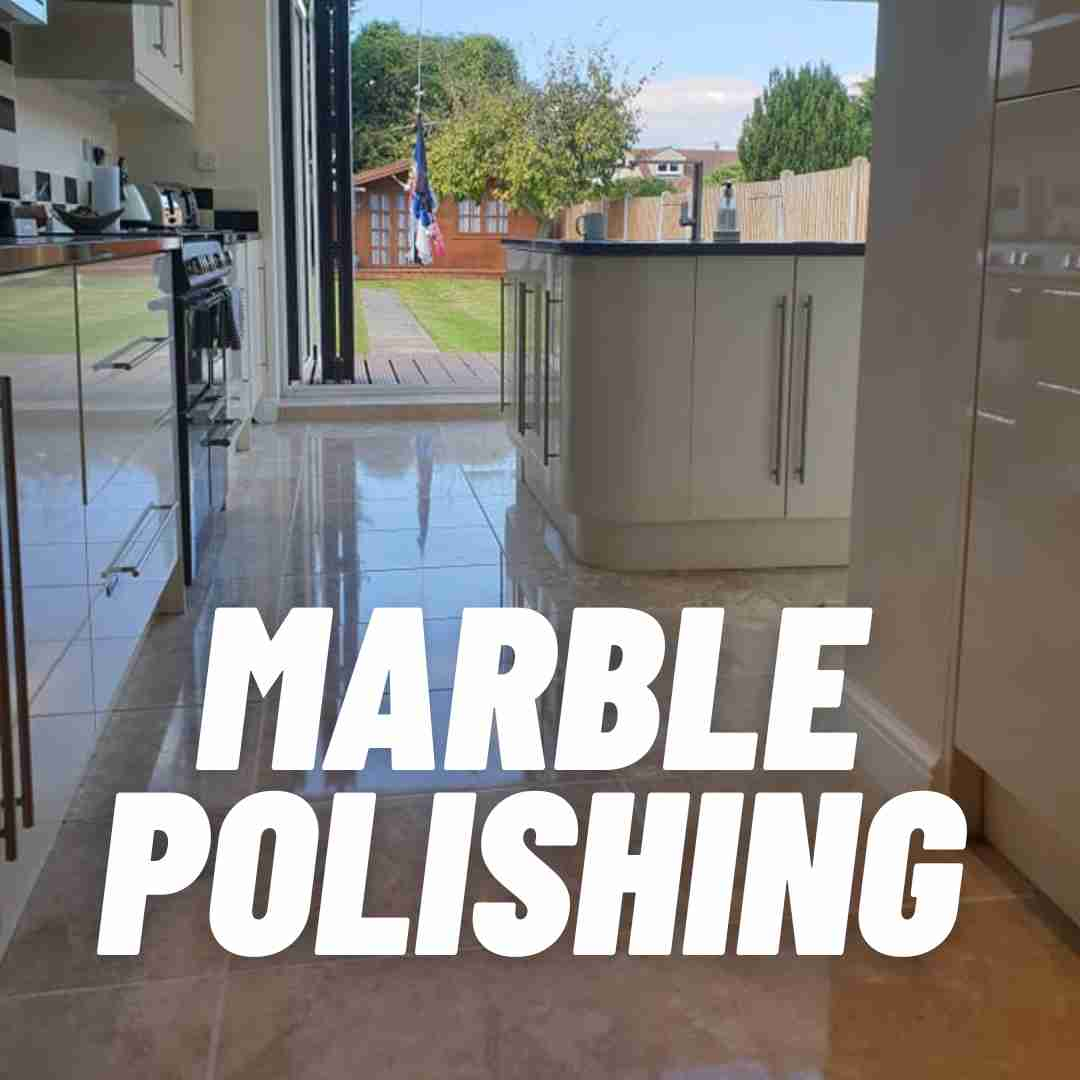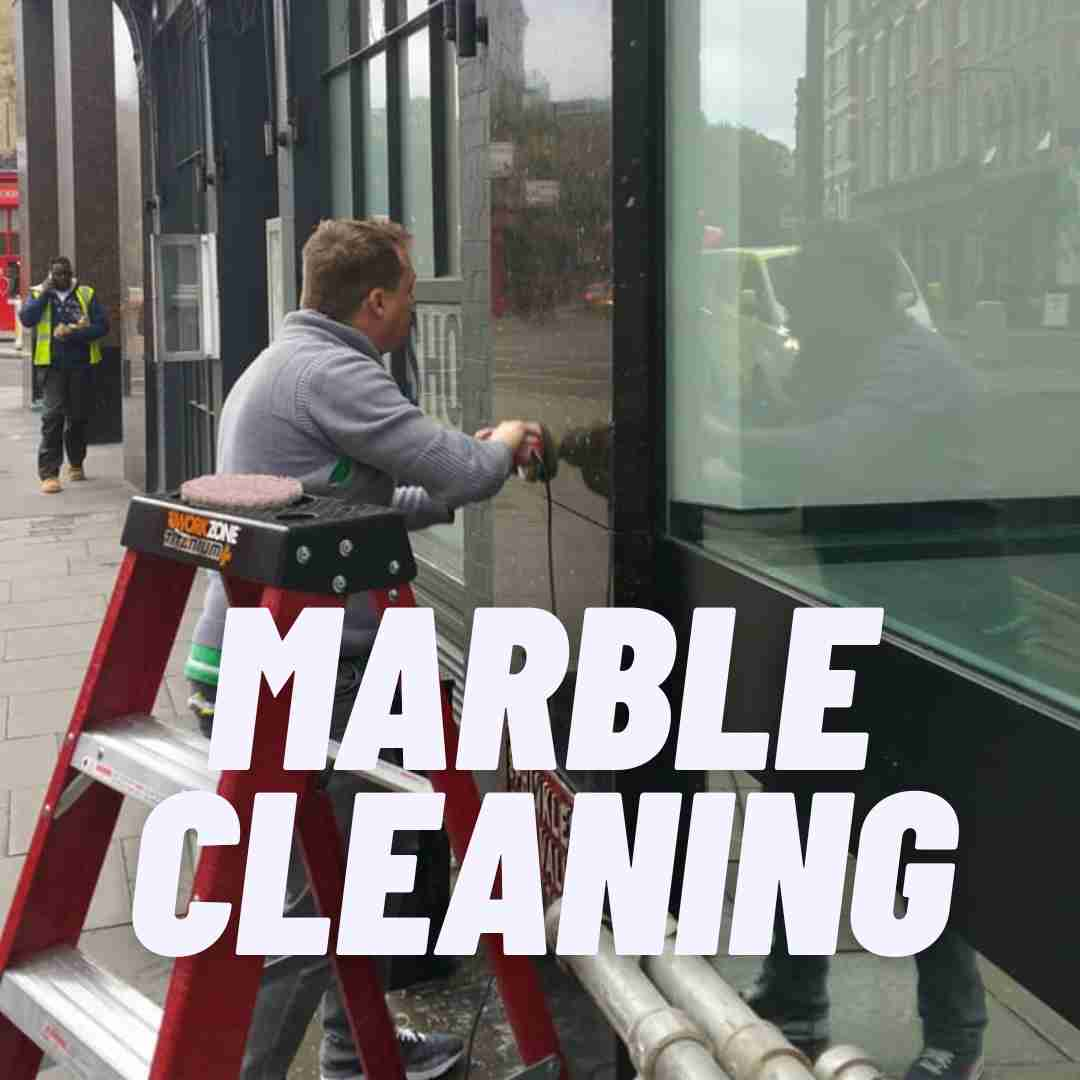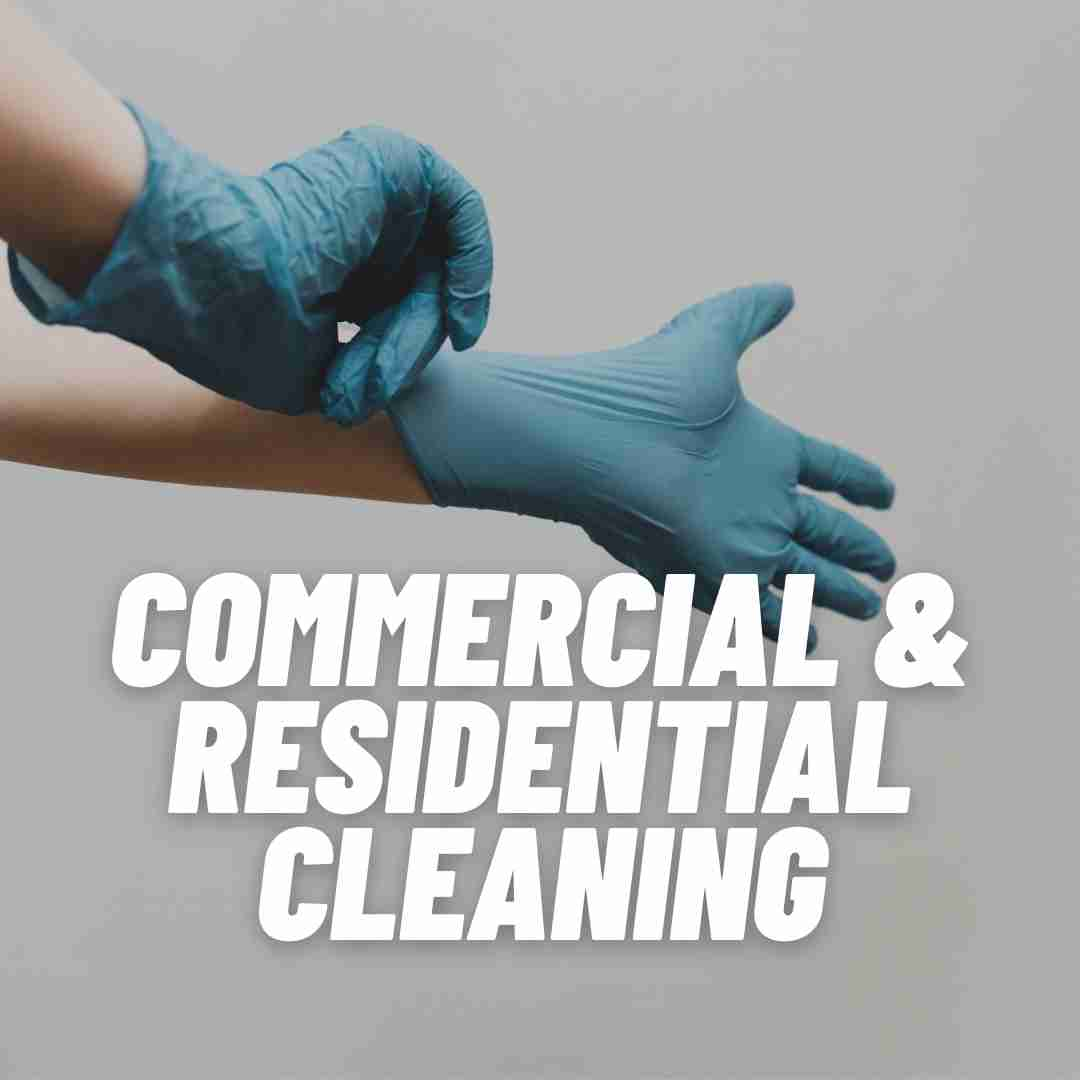Marble is a beautiful and durable natural stone that can add elegance and sophistication to any space. However, like any other natural material, marble is susceptible to damage from adverse weather conditions. In this section, we will discuss some of the ways to protect marble installations from weather damage.
Sealants and Protective CoatingsOne of the most effective ways to protect marble from weather damage is to apply sealants and protective coatings. These products can help to prevent water penetration, which can cause staining, discoloration, and even structural damage over time.
There are many different types of sealants and protective coatings available on the market, each with its own strengths and weaknesses. Some of the most popular options include:
Penetrating sealers: These products penetrate deep into the pores of the marble to create a barrier against water and other contaminants.
Topical sealers: These products sit on top of the marble and form a protective layer that repels water and other substances.
Coatings: These products are similar to topical sealers but are thicker and more durable, making them ideal for high-traffic areas.
When choosing a sealant or protective coating, it is important to consider factors such as the type of marble, the location of the installation, and the level of foot traffic in the area.
Structural Design ConsiderationsIn addition to sealants and protective coatings, there are also several structural design considerations that can help to protect marble installations from weather damage. Some of these include:
Proper drainage: Ensuring that water is properly drained away from the installation can help to prevent water damage and staining.
Overhangs and awnings: Installing overhangs or awnings can provide additional protection from rain and other weather conditions.
Sloped surfaces: Sloping surfaces away from the installation can help to prevent water from pooling and causing damage.
When
designing a marble installation, it is important to work with a professional who has experience working with natural stone and can provide guidance on the best practices for protecting the material from weather damage.
Routine Maintenance and CleaningFinally, routine maintenance and cleaning can also help to protect marble installations from weather damage. Regular cleaning can help to remove dirt, debris, and other contaminants that can cause staining or discoloration over time. Additionally, routine maintenance such as resealing can help to ensure that the marble remains protected from water penetration.
When cleaning marble, it is important to use only pH-neutral cleaners and avoid harsh chemicals that can damage the stone. Additionally, it is important to avoid using abrasive tools or scrubbers that can scratch the surface of the marble.
By following these tips for protecting marble installations from weather damage, you can help to ensure that your investment in natural stone remains beautiful and durable for years to come.




